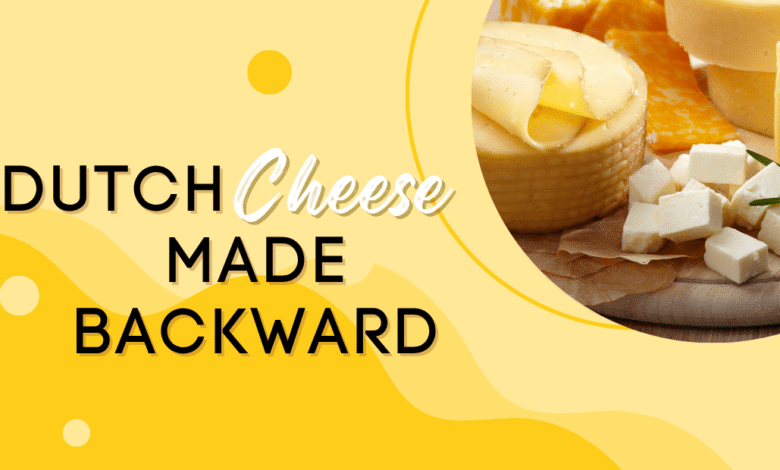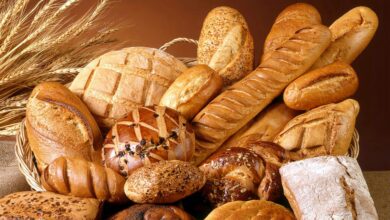
When you first hear the phrase Dutch cheese made backward, it might sound like a culinary mystery or an odd food preparation method. But in reality, it’s not about reversing a recipe or unconventionally crafting cheese. It’s a delightful play on words—a pun that takes us into the world of language, culture, and cheese history. So, what does Dutch cheese made backward mean? Let’s uncover the layers behind this clever phrase.
The Wordplay Behind the Phrase
The secret lies not in how the cheese is made, but in how it is spelled. When you spell the word “Edam” backward, you get the word “Made.” That’s it! Simple, cheeky, and oddly satisfying. Edam is one of the most famous Dutch cheeses, and this backward spelling twist has become a popular linguistic joke or trivia fact.
So, when someone mentions Dutch cheese made backward, they’re almost certainly referring to Edam cheese, with a clever nod to the fact that “Edam” is “Made” in reverse.
What Is Edam Cheese?
Edam cheese is a semi-hard Dutch cheese made from cow’s milk. It is easily recognizable by its mild, nutty flavor and its iconic round shape often encased in red or yellow wax. Originally produced in the town of Edam, just north of Amsterdam, this cheese has been a staple of Dutch culture and cuisine for centuries.
Unlike stronger cheeses like Gouda or Roquefort, Edam is not overpowering and pairs wonderfully with fruits, wines, and breads. Its long shelf life made it ideal for sailors and merchants traveling by sea during the Dutch Golden Age.
A Brief History of Edam
Dating back to the 14th century, Edam cheese was once one of the most popular cheeses in the world. Its popularity surged due to its durability and resistance to spoilage—traits highly valued in an age before refrigeration. As the Netherlands became a dominant trading nation, Edam was exported across Europe, Asia, and even the Americas.
Thanks to this widespread distribution, the name “Edam” became synonymous with high-quality Dutch cheese, and it remains a beloved choice for cheese enthusiasts today.
Why the Phrase Still Entertains
The phrase Dutch cheese made backward continues to charm people due to its simplicity and wit. In a world filled with complex puns and deep metaphors, something as straightforward as flipping the word “Edam” to reveal “Made” brings a smile to the face.
It’s a fun fact that teachers might use in language classes, a bit of trivia to break the ice, or just a clever tidbit you can drop at a dinner party when serving a cheese board.
Dutch Cheese Beyond Edam
While Edam is the focus of the phrase Dutch cheese made backward, it’s worth noting that the Netherlands boasts a rich variety of cheeses. From the creamy depth of Gouda to the tang of Leidse kaas, Dutch cheese-making is a celebrated tradition passed down through generations.
But among them all, Edam stands out—not just for its taste and versatility, but also for being the cheese that gave rise to a viral phrase based on a simple letter flip.
Final Thoughts
So, what does Dutch cheese made backward really mean? It’s a clever reference to Edam, the mild yet world-famous Dutch cheese whose name happens to spell “Made” when reversed. More than just a linguistic joke, it’s a reminder of how food and language often intersect in unexpected and delightful ways.
Next time you’re browsing the cheese aisle or preparing a charcuterie board, think about Edam—your favorite Dutch cheese made backward—and share the pun with a friend. It’s guaranteed to make your cheese platter just a little more fun.


